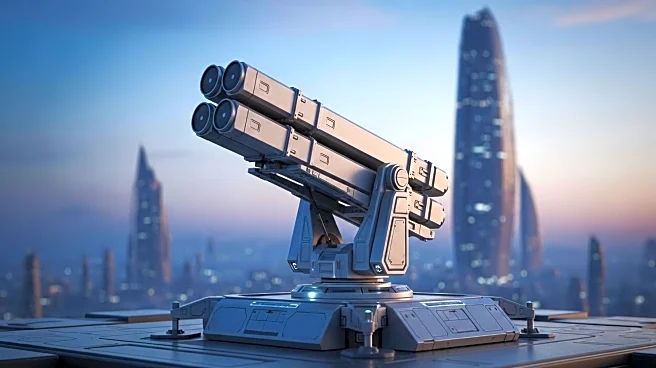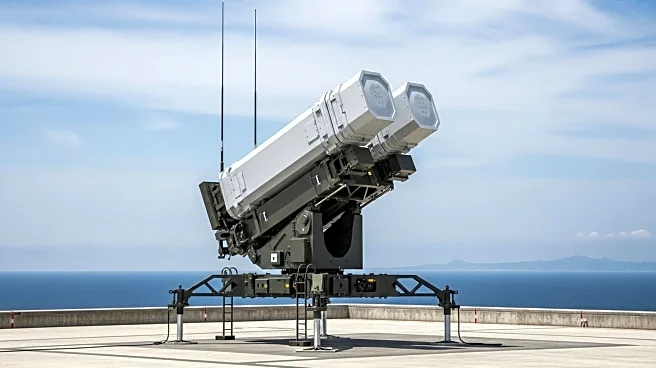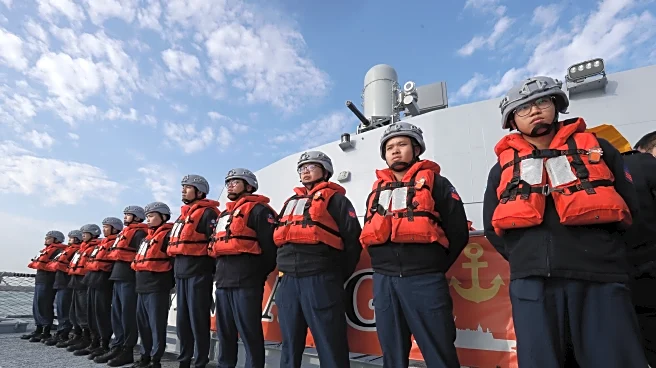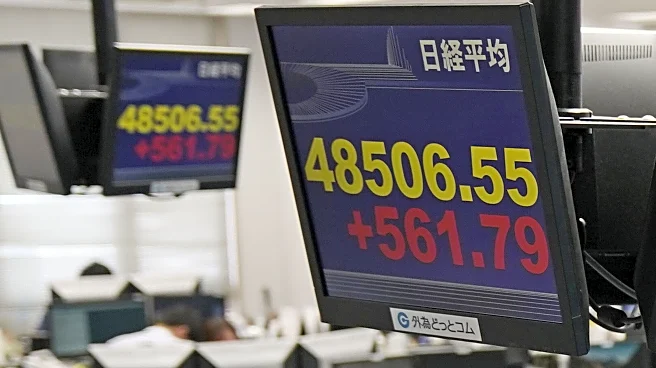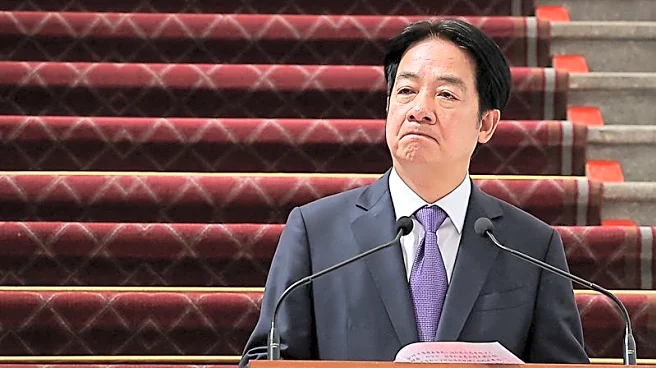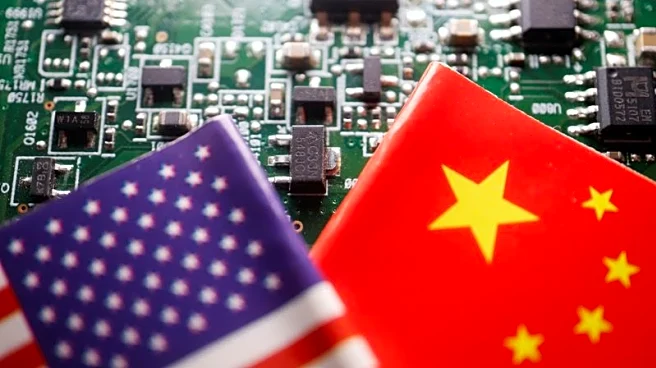What's Happening?
Japan has begun mass-producing long-range missiles launched from submarines and warships in response to perceived threats from China. This move is part of Japan's strategy to strengthen its counterstrike and standoff defense capabilities, particularly in light of China's military buildup near Taiwan. Japan's Defense Ministry has issued contracts for the production of upgraded Type 12 anti-ship missiles and a new submarine-launched missile, both developed by Mitsubishi Heavy Industries. These developments are aimed at enhancing Japan's ability to strike enemy territory and defend against regional aggression.
Why It's Important?
Japan's missile production is a significant development in the context of regional security dynamics in the Western Pacific. As part of the island chain strategy, Japan plays a crucial role in deterring aggression from adversaries like China. The acquisition of advanced missile systems enhances Japan's military capabilities and contributes to the broader defense posture of the U.S. and its allies in the region. This move may lead to increased military tensions and necessitate strategic adjustments by regional powers.
What's Next?
Japan's Defense Ministry plans to continue promoting the acquisition of various standoff missiles to build its defense capabilities. The development of additional long-range missiles or acquisition of more weapons from the U.S. may be considered as China's military power continues to grow. These advancements could lead to shifts in regional security policies and alliances.
Beyond the Headlines
Japan's military enhancements reflect its strategic goals of regional security and deterrence. The development of advanced missile systems underscores the importance of maintaining a balance of power in the Indo-Pacific. Diplomatic engagement and conflict prevention measures are crucial to ensuring stability and preventing escalation in the region.

